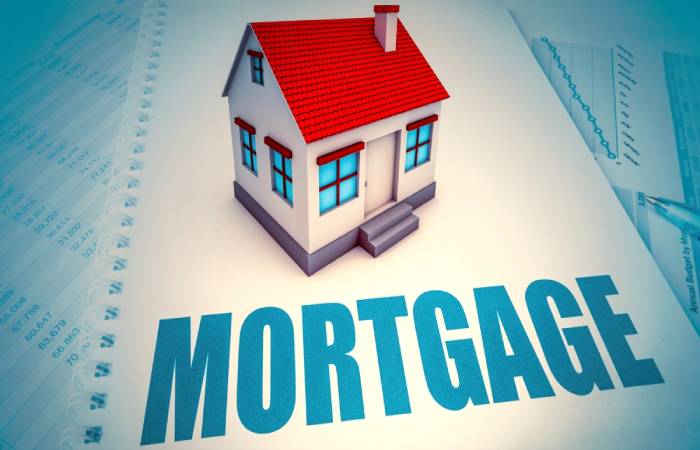Table of Contents
What is a Mortgage?
The mortgage is a banking product used to obtain the corresponding financing to acquire a generally real estate with the obligation to return the amount borrowed and interest in periodic instalments.
The mortgage is a bank product that often use to finance the purchase of a home.
The debtor will own the real estate while paying the corresponding amount, but if he defaults with his payment obligation, the creditor or lender will keep the mortgaged property as collateral for the loan. In other words, the property of the property guarantees the fulfilment of the obligation.
The mortgage loan formalises in a contract that establishes the debtor’s obligations and the conditions by which the loan will govern.
Elements of a Mortgage

The main elements that make up a mortgage and that establish in the loan contract are the following:
Capital
Amount of money borrowed that must return through instalments or periodic payments.
Interest
It is the extra percentage that must pay annually for the granting of the loan. It can be a fixed or variable interest rate—the term for returning the capital and the related interests.
Guarantee of Mortgage
- The payment guarantee by the property’s value allows the lender to keep the property of the real estate in case of default.
- Once all these parameters are known, it will be possible to see the bank’s profits and monthly instalments.
- To calculate the instalment for any bank in Spain, you can use a mortgage simulator.
Types of Mortgage

The most used mortgage classification is the one that differs depending on the interest rate establish:
Fixed-Rate Mortgage Loan: The monthly payment and the loan’s interest rate do not vary throughout the term.
Variable Rate Mortgage Loan: It comprises the value of the reference index and a fixed spread. According to the reference index’s worth, the instalments’ amount update at each interest review (such as the Euribor).
Mixed-Rate Mortgage Loan: This consists of applying a fixed interest rate for a period and a variable interest rate for the rest of the term.
But there are also other classifications and various types of mortgages, such as depending on the instalments (mortgages of regular instalment), the type of real estate (mortgages for bank flats), the target audience (mortgages for young people) or their nature ( reverse mortgages ).
Main Problems Related to Mortgage
- In some cases, it can lead to specific severe problems between the creditor and the debtor.
- First, one of the most shared problems is that the bank include clauses considered abusive or usurious in the loan contract, such as clause floor, clause early maturity, interest mean, multicurrency clause, IRPH, etc. Before any of these clauses, the client will have the right to claim before the corresponding bank.
- Second, when the customer cannot meet the payment obligation, the mortgage is extinguished, and it is common for the bank to carry out a foreclosure procedure.
- However, if the reason for which the payments cannot make are the abusive clauses contained in the mortgage loan, the debtor will have the possibility to oppose the foreclosure.
Concept of Mortgage
- Fundamental right taxes a real estate customarily used to obtain the necessary financing. Its purchase (although the movable property can also mortgage).
- The mortgage register in the Property Registry.
- The property remains in the owner’s hands as long as he fulfils his obligations; otherwise, the creditor can sell the property to collect the money he loaned.
Difference between Credit and Mortgage Loans
- The contract that constitutes it must register in the Property Registry to value third parties.
- If the borrower disobeys his payments, a lawsuit, a conviction, and the property’s auction proceed.
- Thus, as a contract, a mortgage only imposes an obligation on the debtor and regulate per the law.
Aspects to Take into Account in a Mortgage
- The three most important aspects of a mortgage are the capital, which is the bank’s money, which is usually less than the property’s price to cover in a possible auction.
- The interest indicates the extra percentage that must be paid to the entity that granted the loan and can be fixed or variable.
- And finally, the term, which is the time that includes the return of capital.
- The legal process by which real property loss is called foreclosure. To get there, creditors must notify the property owner of their intention to auction the property.
- In the event of a problematic situation, it is advisable to negotiate a quick sale of the property with the entity that lent the capital.
Conclusion
It comprises three essential components: the principal (the amount of money lent through a loan).
The term (the time at which the loan’s repayment agree) and the interest rate (the additional percentage the person who received the loan must repay. The interest is the lender’s profit).

